Full Belly Files | Southern Charm and Chow for Spring Break, Part One
This edition of Full Belly Files was originally emailed to subscribers on April 12, 2024. To receive Matt Kettmann’s food & drink newsletter in your inbox each Friday, sign up at independent.com/newsletters.
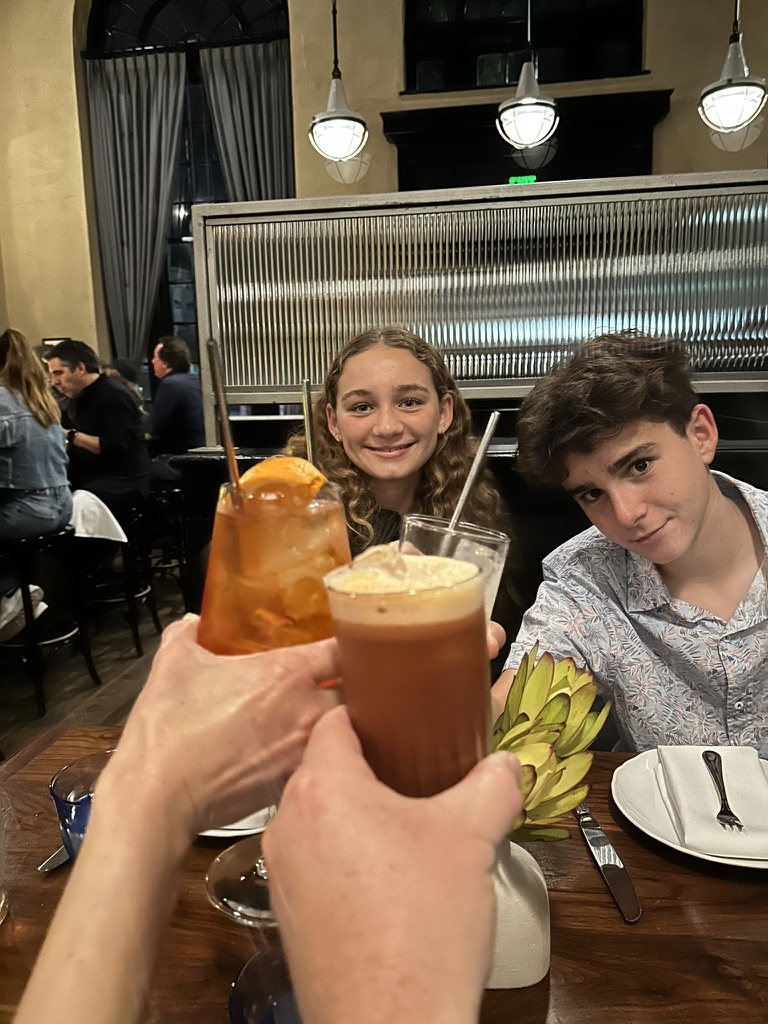
We couldn’t have started our spring break adventure through the American South with a more scene-setting smorgasbord than what we found at The Ordinary on the night we landed in Charleston, South Carolina. With a full bar buzzing and tables still packed far past 9 p.m., this “fancy seafood and oyster hall” pairs cosmopolitan vibes with healthy respect for tradition, its modern design occupying the skeleton of an old bank along the city’s bustling King Street.
That now-meets-then sensibility popped up around every corner during our week-long trip from Charleston to Savannah, Georgia, as this coastal stretch of the South is openly grappling with how to reconcile a troubling history of oppression with a rich, contemporary culture of hospitality that attracts visitors from around the world. This is especially true when it comes to cuisine, as so many dishes are rooted in the region’s colonial days, from the use of indigenous ingredients to recipes that originate in the West African homelands of so many enslaved peoples.
We’d decided to return to the South after last year’s successful spring break to New Orleans, drawn to the fulfilling foods, the charming people, and the nonstop history lessons. What I didn’t expect to find was how much their past could tell us about our present, how the sentiments that led to that original Civil War are eerily echoed in the divided United States of today.
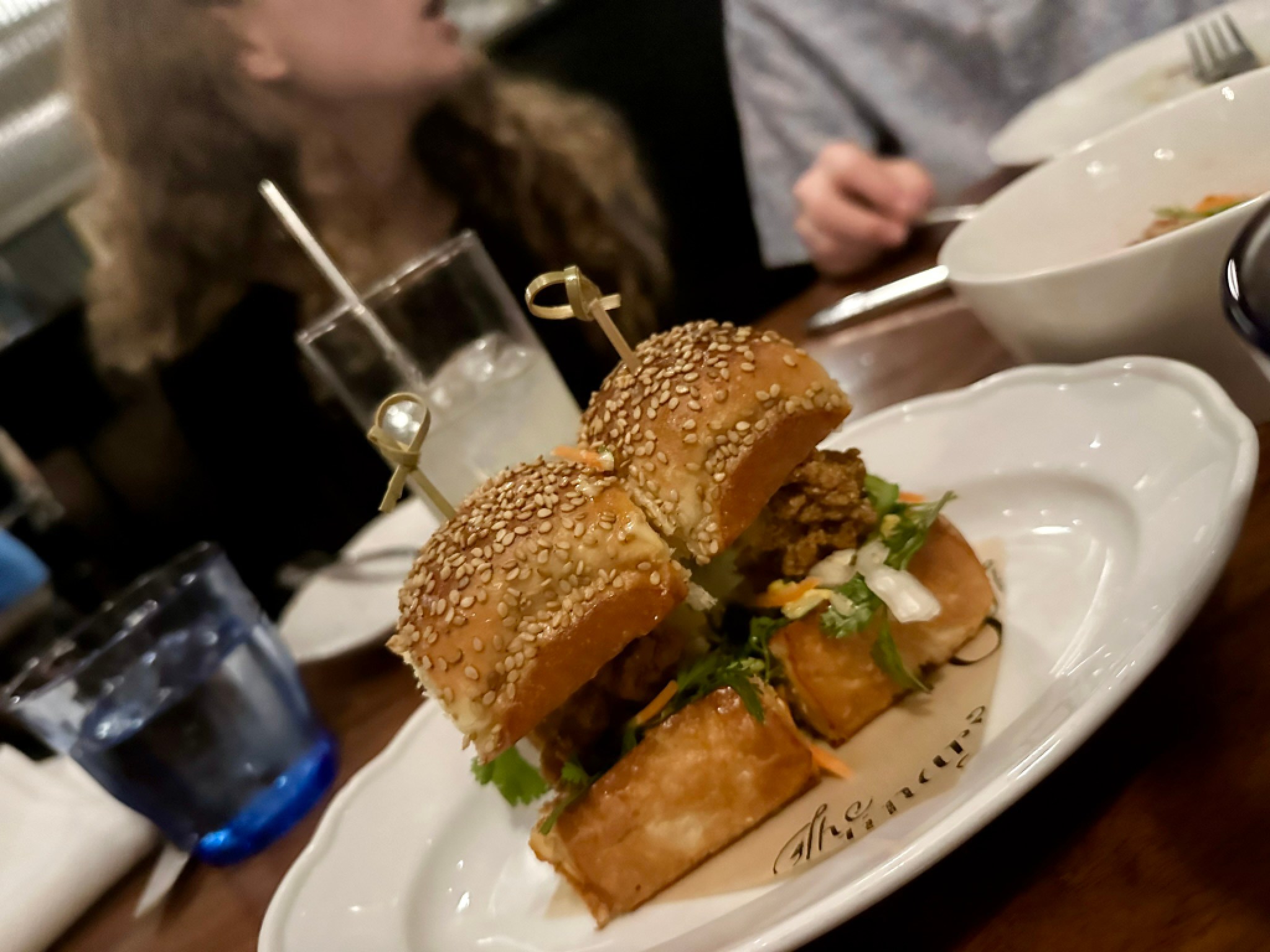
But let’s be clear: We were primarily there to enjoy ourselves, get a break from the hustle, and eat. Our dinner at The Ordinary, which celebrates Charleston’s historic rum culture through its cocktail menu, began with an Angostura bitters-based drink called Bad John, Caribbean slang for hooligan. Our bevy of raw shellfish featured littleneck clams, two types of oysters farmed in South Carolina, and wild ones known as Caper’s Blades, topped with a cucumber-lime mignonette and roe. The smoked oysters, served with Old Bay saltines, crème fraîche, and house hot sauce, rolled right into a B-liner snapper ponzu, with strawberry, cilantro, and, most excitingly, shiso leaf. I drank up the remaining juice, the first of many times that I’d take that extra step on this trip.
There’d also be fried oyster sliders topped with nuoc cham and Fresno chile mayo on seeded Hawaiian rolls, a stunning salad of chicory and crispy shallots in a six-minute egg vinaigrette, and then what was certainly a highlight bite of the entire trip: triggerfish schnitzel, whose delicate and yet rich crunch made us all wonder why flat, simply fried fish isn’t on every menu everywhere.
I washed that down with a Slovenian rosé of sparkling blaufränkisch by Kobal, one of many fascinating wines on The Ordinary’s list. I’d mostly drink cocktails over the next few days, habitual perusing of every wine list made me think that Charleston — because it’s home to a busy international port, a celebrated food and wine festival, and a roster of top sommeliers — might just have some of the best wine selections in the world right now. Those factors also play into the best restaurant service that I’ve experienced since the pandemic, with each attentive waiter asking right away about dietary issues and then explaining each menu with detailed care, offering their honest opinions about favorites and proper amounts of food.
That night on the way back to our Airbnb — a perfectly adequate, excellently located, and maybe just slightly haunted two-bedroom apartment a few blocks away — I gave in after passing the same Booze Pop van for the fourth time. As I looked at the long list of alcoholic popsicles on sale — it’s the only to-go booze allowed in Charleston, the vendor told me, approved by special decree — he suggested the organic lemon one with vodka, explaining, “It’s damn near good for you!” It didn’t taste good for me, but I’d never felt so warm inside from such a cold treat.
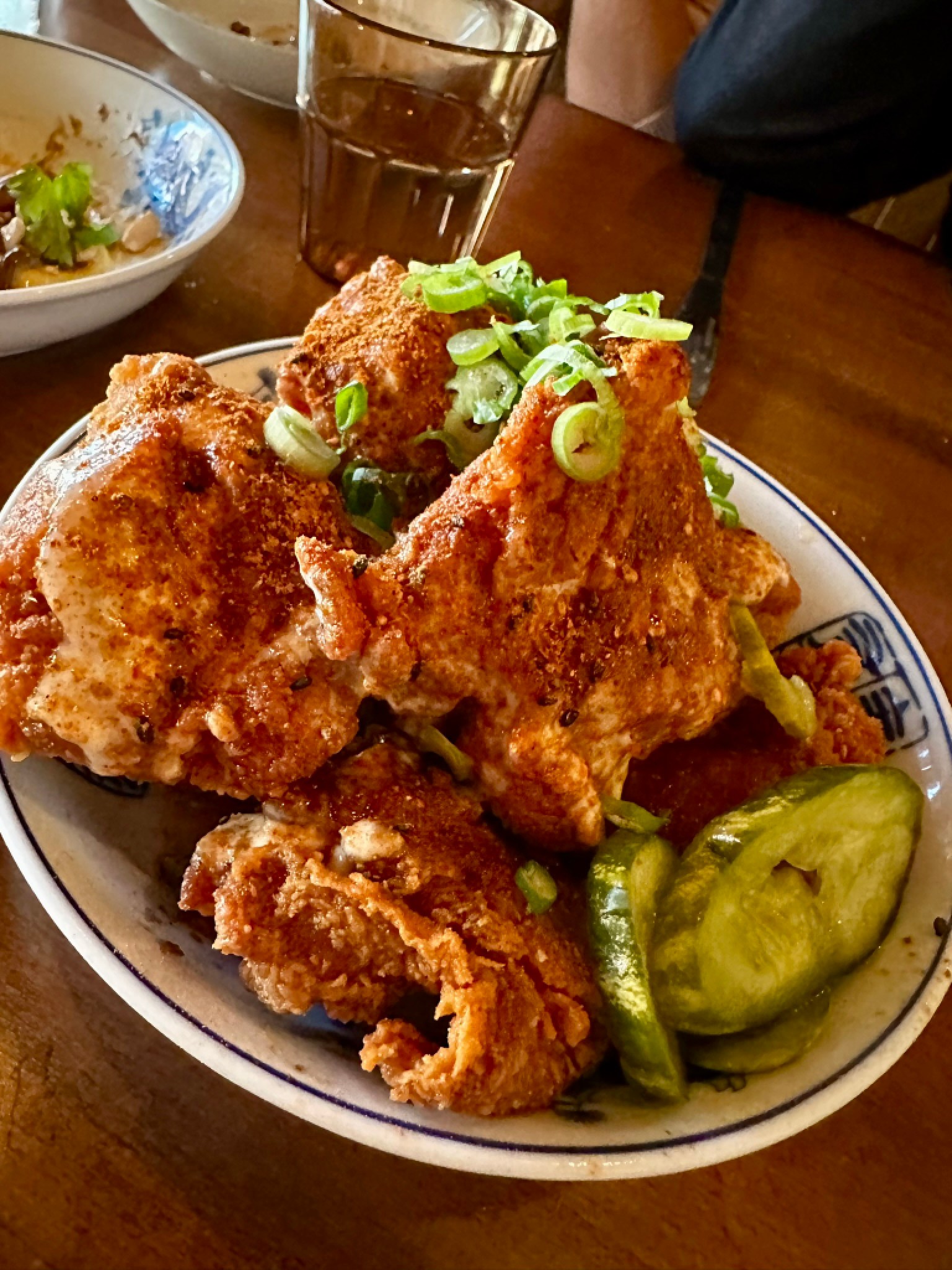
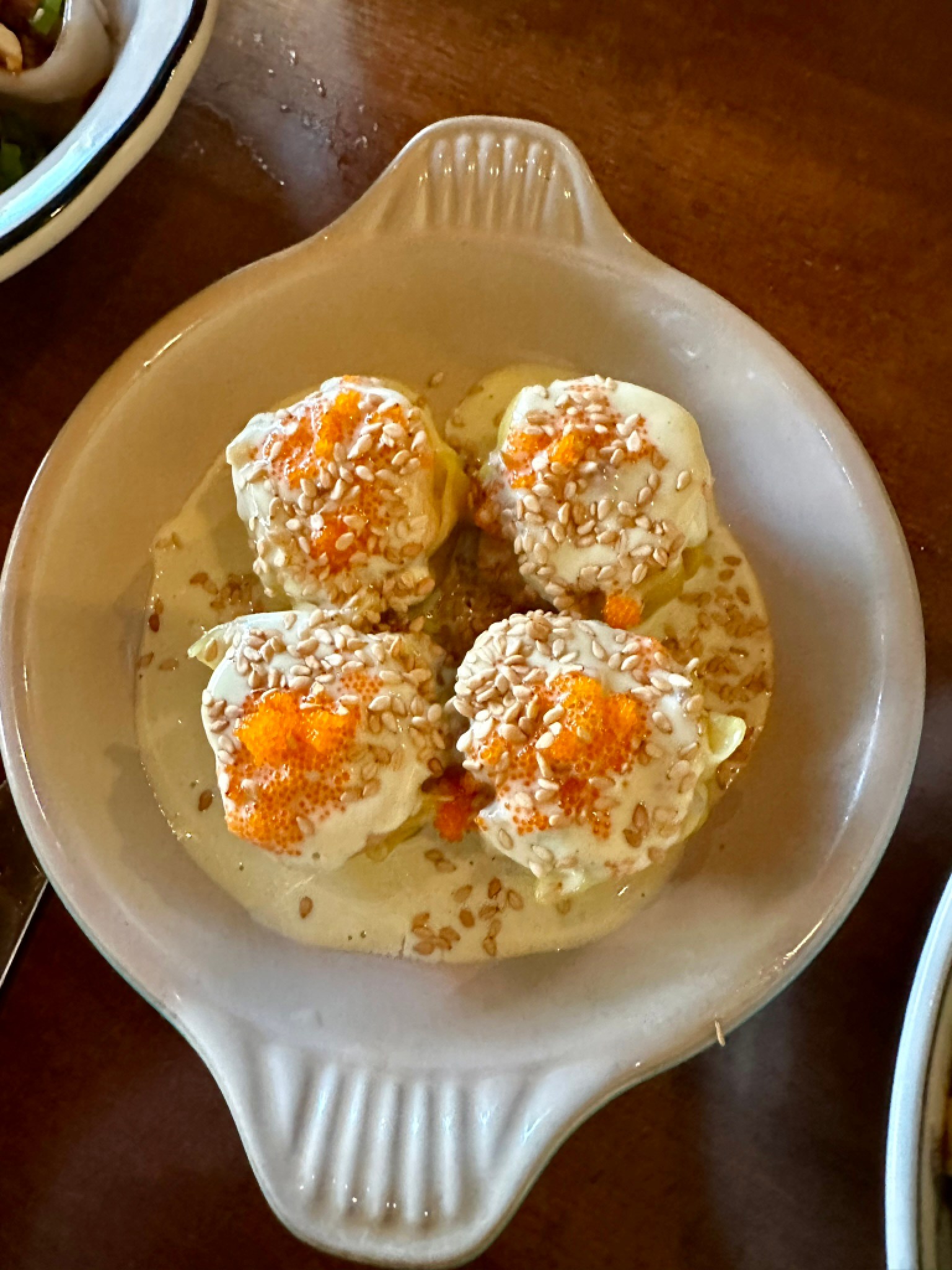
For no particular reason other than cross-referencing my culinary research (which is very Eater-driven, based on their “essential” and “hot” lists for each region) with available reservations, the next day was dominated by Asian cuisine. (Not counting our morning coffee, which I snagged across the street at 132 Spring Coffee Bar & Kitchen.) First up was Jackrabbit Filly, which does a dim sum brunch only on Sundays at their roadside spot in North Charleston, about 10 minutes from downtown.
The dumplings were familiar with a bit of extra flair, though the colorful decor stood out even more than the food. My favorite one-two punch was the pork dumpling alongside the Listen to Ignacio from the “Crushable” part of the cocktail menu, in which shiso tequila, kumquat, lime, lemongrass, and togarashi make a party. Their Sichuan hot karaage was a fantastic fried chicken intro for our trip, and made great car snacks when we drove south a few days later.
Midday was history lesson number one, being towed by one of the Old South Carriage Company’s draft horses. To keep the impacts of these carriages dispersed, the city is divided into five zones with two tour routes in each; as your tour begins, a bingo ball is selected from a hopper in a roadside stand, and that’s the section of town you get.
We got Brian as our horse — a former Amish plow horse, so this is considered his retirement — and Anson Borough as our district, which I noticed was section 5-B. Realizing that made it the 10th out of 10 tour routes, my hopes weren’t high, but the guides worked in the basic history and plenty of fascinating tales during the hour-long ride through what’s known as The Holy City, for being tolerant of all religions in its earliest days. (Except Catholics, due to England’s constant wars with Spain.)
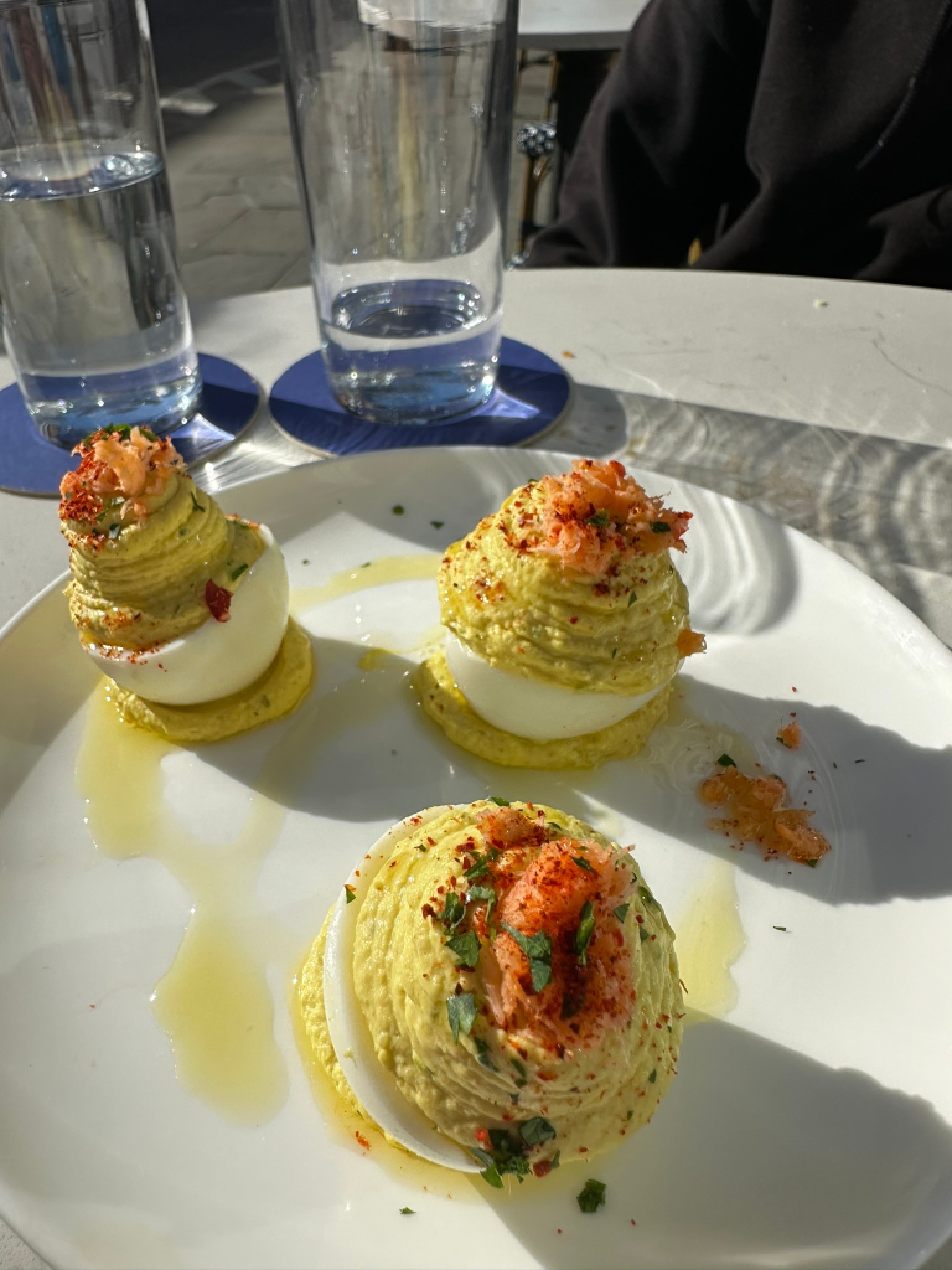
We learned, for instance, that as a very wealthy port city early in the colonial era, Charleston was home to many American firsts. That includes our first animal protection law, for, of all species, the turkey buzzard. These scavengers consumed discarded entrails from the city’s central market complex, so they were guarded from residents who tried to shoot them or shoo them away. With appropriate Southern style, the bird was not called a buzzard in the legislation, but rather the “Majestic Charleston Eagle.”
As my daughter and wife shopped, my son and I checked out the Charleston Museum — yes, the nation’s first museum — and then had a brief respite at Félix, just a couple doors down from The Ordinary. I was on my second Félix Royale — a draft cocktail of gin, lime juice, and sparkling wine — when the ladies showed up to order lobster deviled eggs and truffle fries.
The evening’s outing was to Pink Bellies, a Vietnamese-influenced restaurant also right on King Street. We had more dumplings, garlicky noodles, brussels sprouts in a vegan fish sauce, and cocktails, including one that featured pho broth. The cheekiest treat of the trip was the Life Raft Treats Not Fried Chicken Ice Cream, a tasty frozen dessert with corn-flake crust that looked like a fried chicken leg.
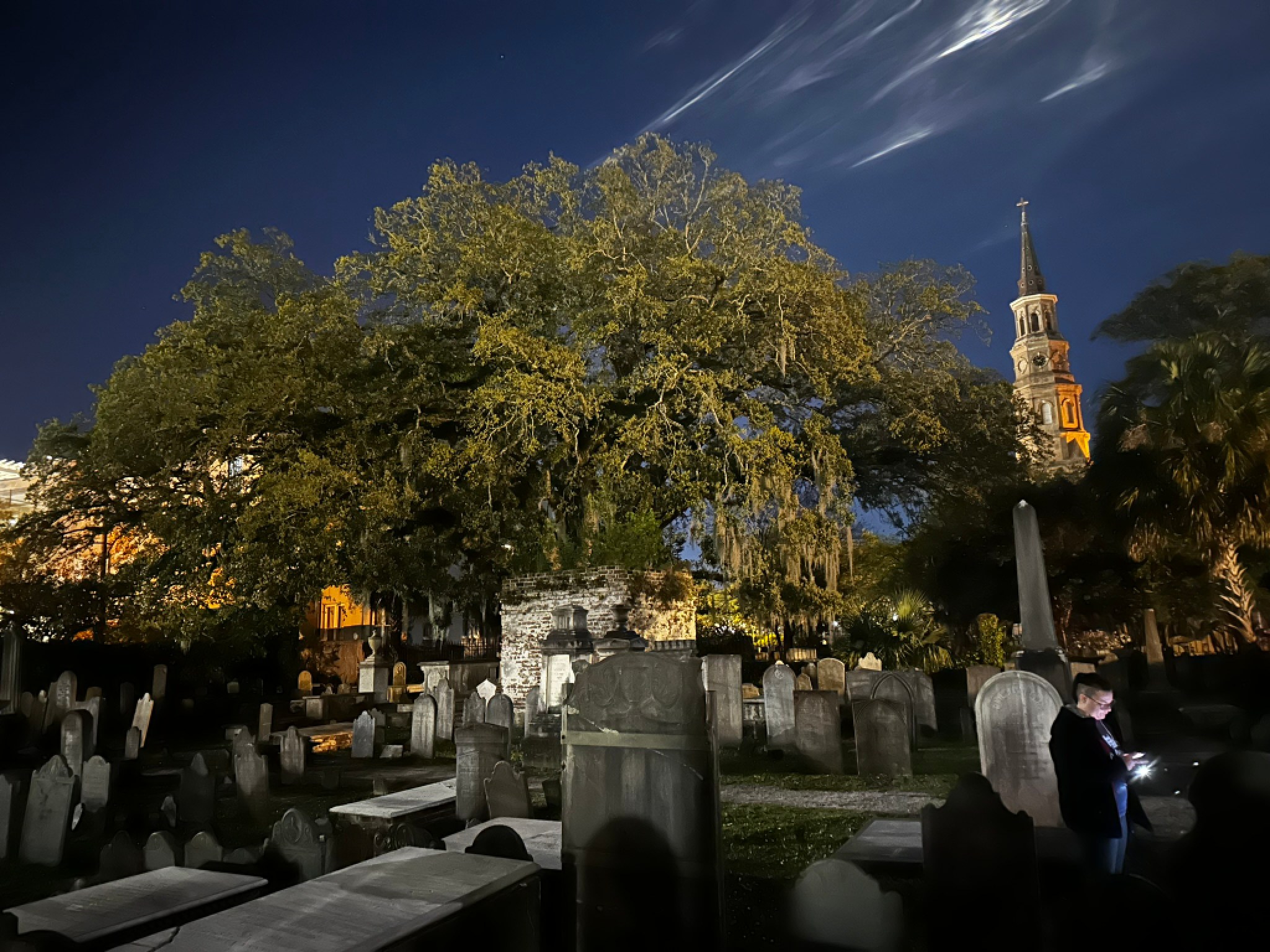
My son and I stayed out later that night to take a ghost walk with Bulldog Tours, where we wandered cemeteries filled with sad stories and alleyways haunted by centuries-old duels. After hearing of a particularly touchy ghost, my son felt a pull on his arm, and he still doesn’t believe that it wasn’t me. (It really wasn’t.)
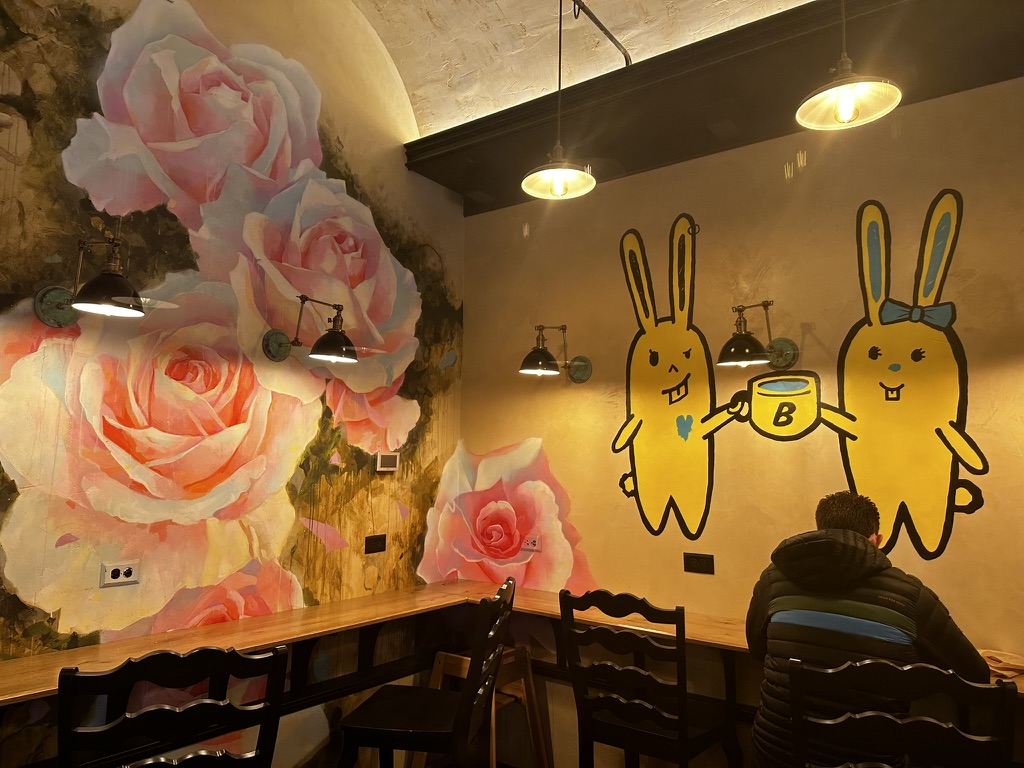
For our last day in Charleston — after tracking down coffee at Bad Bunnies, also just down the street from our Airbnb — we followed the advice of our waitress at Félix to check out Millers All Day. The retro-styled collaboration between renowned Southern chef Nathan Thurston and grain miller Greg Johnsman makes Millers a biscuit mecca, and the word is certainly out. Our Monday-morning wait time grew from an hour to more than 90 minutes, prompting me (and probably others) to wonder whether the “All Day” part referred to the wait.
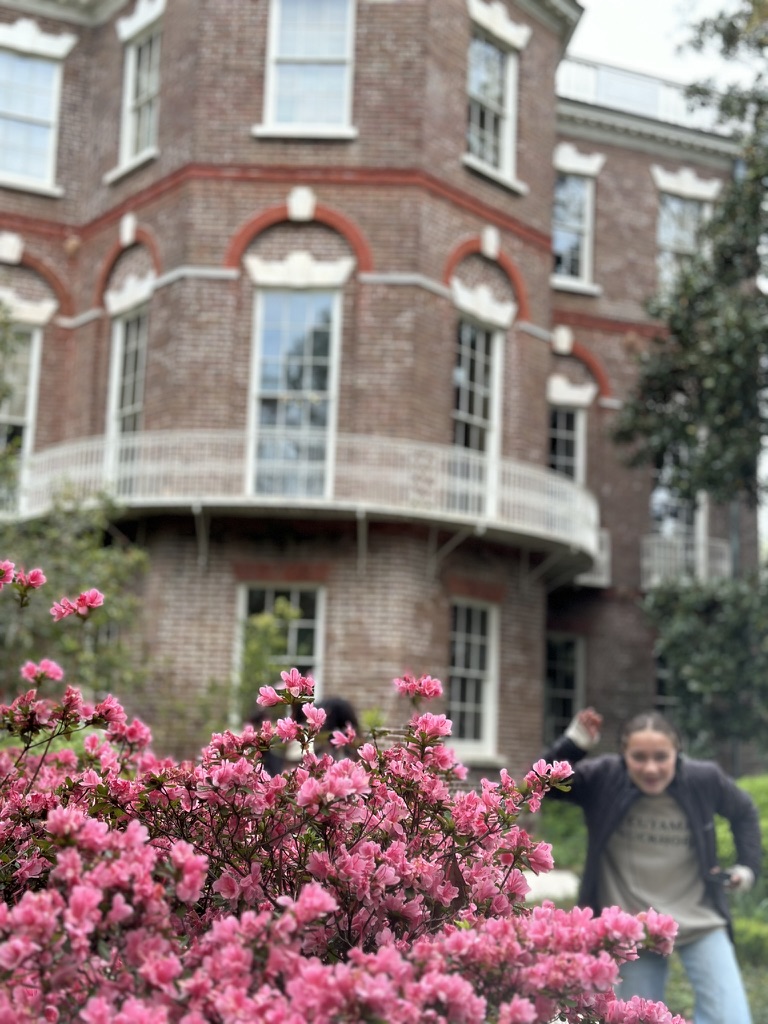
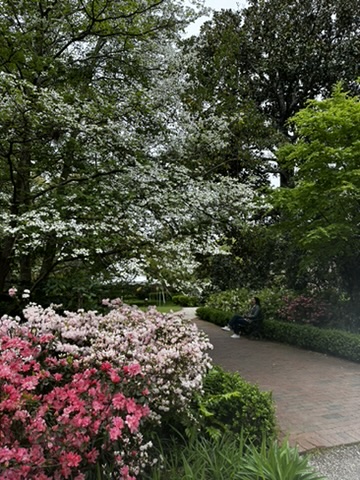
But we used the wait to our advantage by touring the nearby Nathaniel Russell House, where the recently unearthed slave quarters, staircase, and garden were highlights. Upon sliding into our table at Millers, we indulged in our first real Southern cuisine of the trip: biscuits, sausage gravy, eggs, grits, pimento cheese, pickled okra, and more, all washed down by spicy Bloody Marys and margaritas.
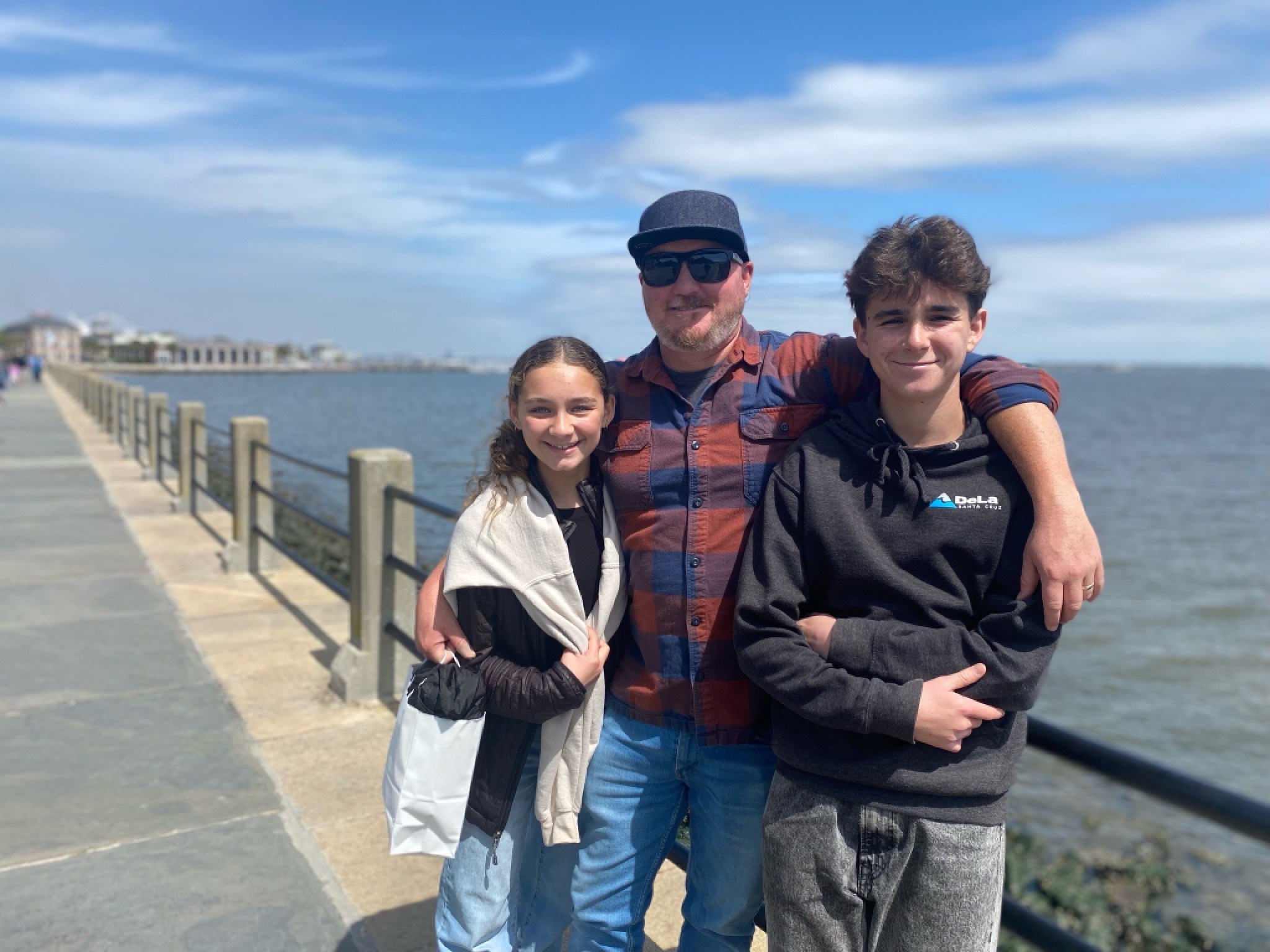
Properly steadied, we walked past the fancy homes of The Battery, caught a fun tour at the Old Exchange and Provost Dungeon, and boarded a boat to Fort Sumter, which is where the first shots of the Civil War rang out. The quick hour you get at the island fort is more than ample, but the boat ride is worth the ticket, as you get to see The Holy City in dramatic relief.
To get supplies for the next day’s drive to Savannah, we stopped at Pinot & Provisions, a smartly stocked wine shop just two blocks from our house. I was happy to see plenty of Central Coast wine on the relatively sparse but rewarding shelves, from Outward and Sea Floored to Racines and Tyler.
As had happened multiple times in Charleston, our Uber driver to our last dinner was an immigrant of unique heritage, excited to talk about being born in the Dominican Republic, but raised in Venezuela. We also enjoyed lively conversations with drivers who were Egyptian, Sudanese, Jordanian, and a Russian ethnicity I’d never heard of, I think Circassian. The city must be a welcoming place today.
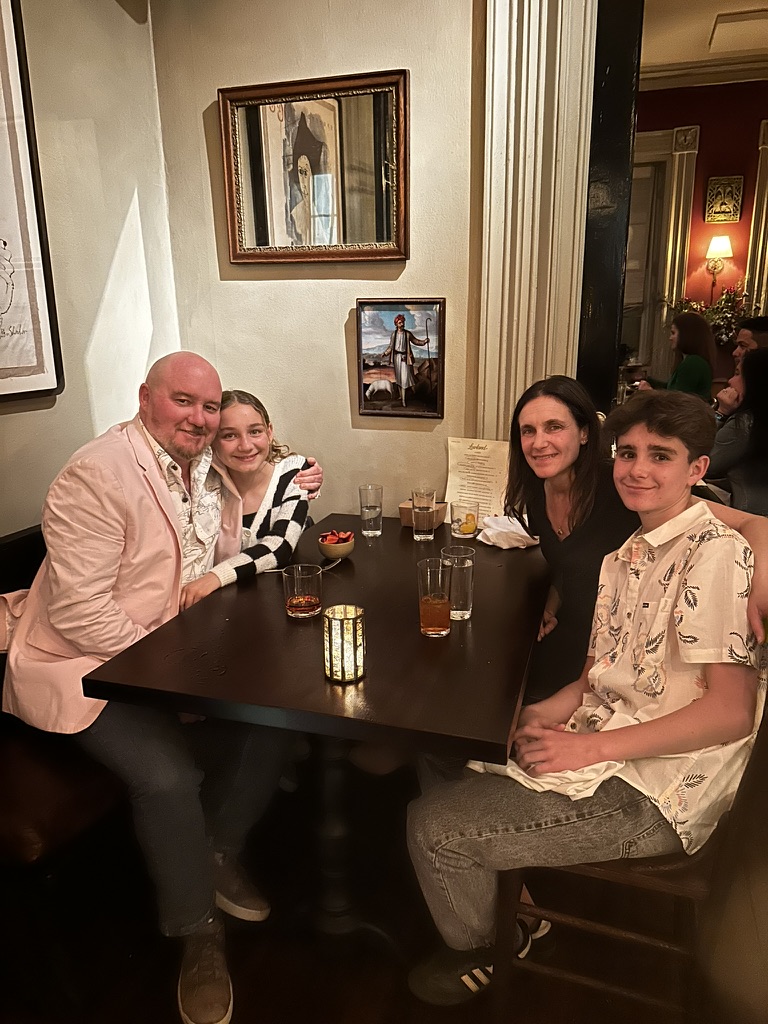
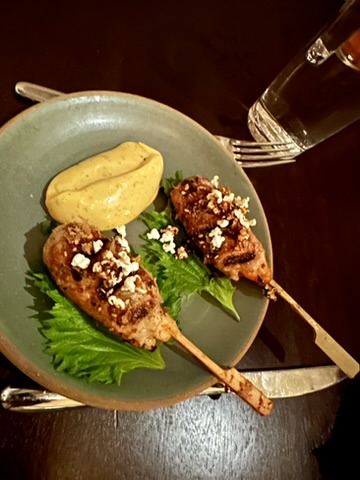
Our final meal was at Lowland, where James Beard Award–winning Chef Jason Stanhope puts a cheffy spin on Southern classics. Cozily tucked into two stories of a neoclassical home built in 1834, Lowland was our fanciest dinner in Charleston by far — I wore my pink sport coat — but it was all presented in a friendly, casual manner. Biscuit with farmer cheese and pepper jelly, crispy quail nugget with toum, rudderfish crudo with crispy Carolina gold rice, chicken-wrapped shrimp dusted in furikake, and sauteed triggerfish were just a few of the dishes we devoured.
Upon returning to the house that night, the bedroom TV was on. That was weird, because we never could turn it on ourselves, due to fried batteries in the remote. This was in the same room where, on night one, the fan light turned itself on right as we were going to bed.
My subsequent, entirely inconclusive online research didn’t reveal any tragic affairs at the address, but did indicate that the home was owned by the family of the man who fired those initial shots of the Civil War. Were they trying to contact us from the past? Or was it just bad wiring?
Whatever the reason, we didn’t see any ghosts ourselves in Charleston. But if they do exist in The Holy City, as so many seem to believe, they certainly saw us.
COMING NEXT WEEK: Our three days in Savannah, Georgia.
Songs About Me and Everyone Else
I was a few lines into Brett Martin’s New York Times Magazine story about the prolific songwriter Matt Farley — who’d written one of his thousands of silly ditties about Martin — when I remembered a similar thing happening to me almost 20 years ago. I was still a news reporter back then, but was also writing about many other topics, including music reviews of the CDs that would fly through our doors on a daily basis.
In July 2004, I wrote a short review of the album Out with the Old by a band from the Northeast called Moes Haven. “[T]he rap-ish, sorta-singing and songwriting is full of images, messages, and mirages of thought,” I wrote in our old Sound & Fury column alongside reviews by others of Wilco and The Who. “There’s something worthwhile here, but good luck finding it.”
That triggered the musician Matt Farley to include my name in one of his songs soon after. I haven’t bothered to sift through my stacks of old CDs to find it, but I do recall seeing it recently. We had some brief correspondence after that, and I think I may have even written about the song that he wrote about me. I recall thinking that the whole episode was a bit bizarre, but I found it ultimately mildly flattering, even though he was just scratching my back after I did his.
Apparently, per Martin’s article about Farley’s career, he hasn’t missed a beat since then, putting out gazillions of songs since. Now they’re streamed through all sorts of channels, generating Farley about $200,000 a year in income.
From Our Table
Here are some stories you may have missed:
- Leslie Dinaberg writes about Seattle’s stuffed pie superstar Piroshky Piroshky popping up at Brass Bear Brewing on April 17.
- Leslie also visited James Sparks to check out his new Kings Carey tasting room in Buellton.
- I wrote a screed for Wine Enthusiast about why cabernet sauvignon is the worst grape to start out on. I’m still waiting for the backlash!
- After running a couple of panels for the SLO Coast Wine Classic last weekend, I couldn’t remember whether I’d ever shared this story I did about pairing SLO Coast wines with seafood from the Santa Barbara Channel. Check it out here.
Premier Events
Thu, May 02
5:00 PM
Santa Barbara
Things with Wings at Art & Soul
Sat, May 04
10:00 AM
Lompoc
RocketTown Comic Con 2024
Wed, May 01
7:30 PM
Santa Barbara
American Theatre Guild Presents “Come From Away”
Thu, May 02
5:00 PM
Santa Barbara
100th Birthday Tribute for James Galanos
Thu, May 02
5:00 PM
Santa Barbara
Meet the Creator of The Caregiver Oracle Deck
Fri, May 03
4:00 PM
Santa Barbara
Santa Barbara Fair+Expo “Double Thrill Double Fun”
Fri, May 03
8:00 PM
Santa barbara
Performance by Marca MP
Sat, May 04
10:00 AM
Solvang
Touch A Truck
Sat, May 04
11:00 AM
Santa Barbara
Mental Wellness Center’s 28th Annual Arts Faire
Sat, May 04
11:00 AM
Santa Barbara
Community History Day
Sat, May 04
3:00 PM
Solvang
The SYV Chorale Presents Disney Magic Concert
Sat, May 04
7:00 PM
Santa Barbara
A Star Wars Cantina Celebration: Renegades, Rebels, and Rogues
Thu, May 02 5:00 PM
Santa Barbara
Things with Wings at Art & Soul
Sat, May 04 10:00 AM
Lompoc
RocketTown Comic Con 2024
Wed, May 01 7:30 PM
Santa Barbara
American Theatre Guild Presents “Come From Away”
Thu, May 02 5:00 PM
Santa Barbara
100th Birthday Tribute for James Galanos
Thu, May 02 5:00 PM
Santa Barbara
Meet the Creator of The Caregiver Oracle Deck
Fri, May 03 4:00 PM
Santa Barbara
Santa Barbara Fair+Expo “Double Thrill Double Fun”
Fri, May 03 8:00 PM
Santa barbara
Performance by Marca MP
Sat, May 04 10:00 AM
Solvang
Touch A Truck
Sat, May 04 11:00 AM
Santa Barbara
Mental Wellness Center’s 28th Annual Arts Faire
Sat, May 04 11:00 AM
Santa Barbara
Community History Day
Sat, May 04 3:00 PM
Solvang
The SYV Chorale Presents Disney Magic Concert
Sat, May 04 7:00 PM
Santa Barbara

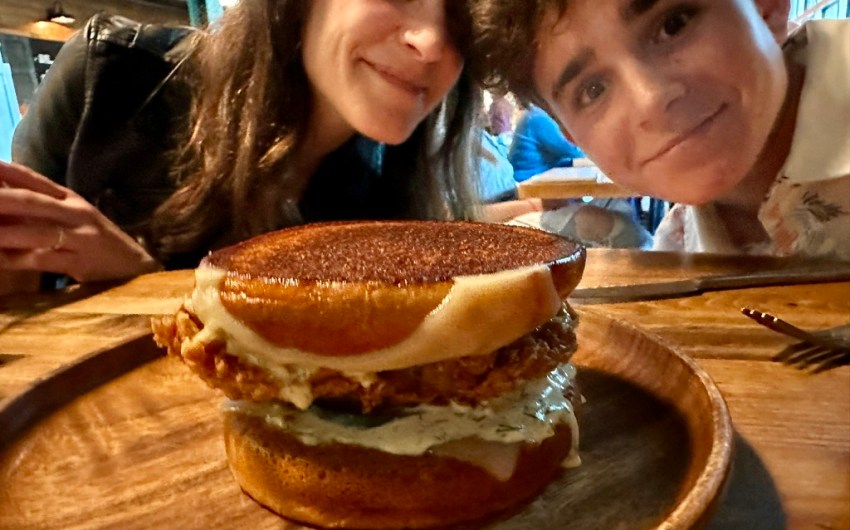
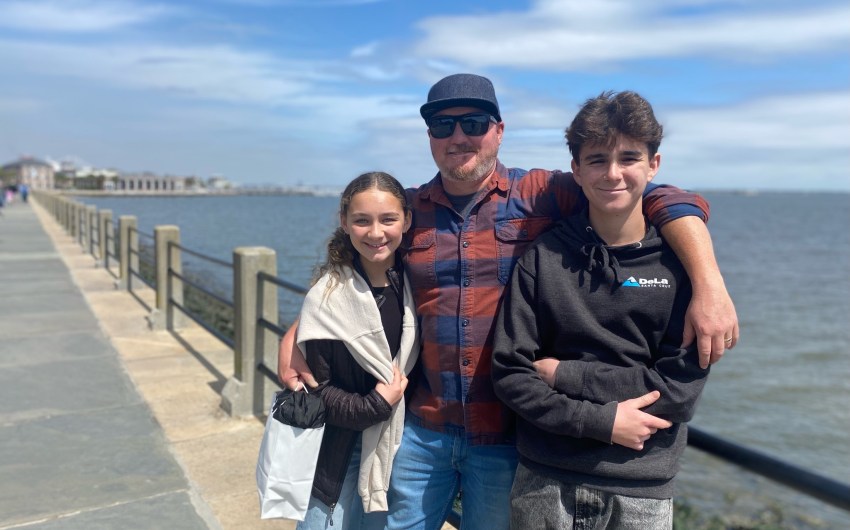
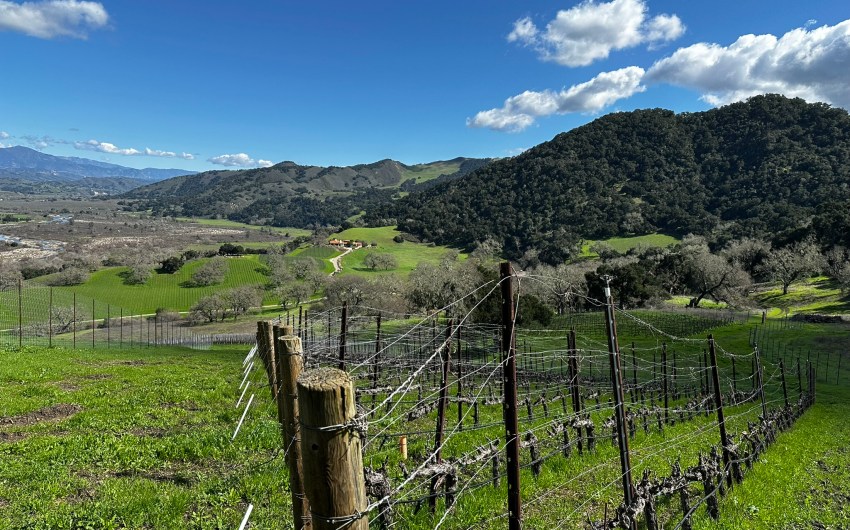

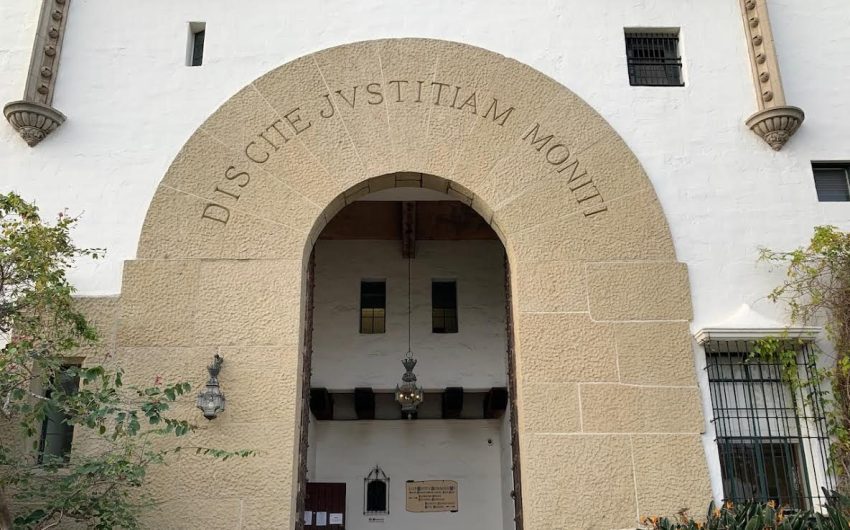



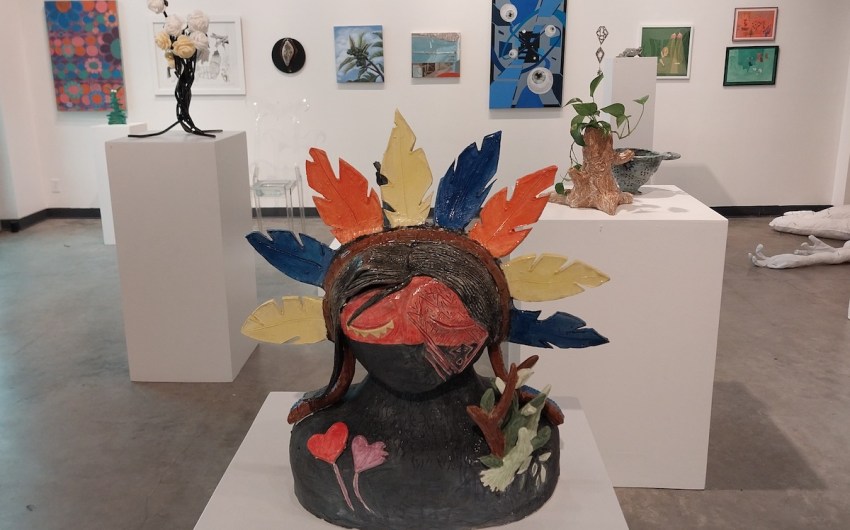
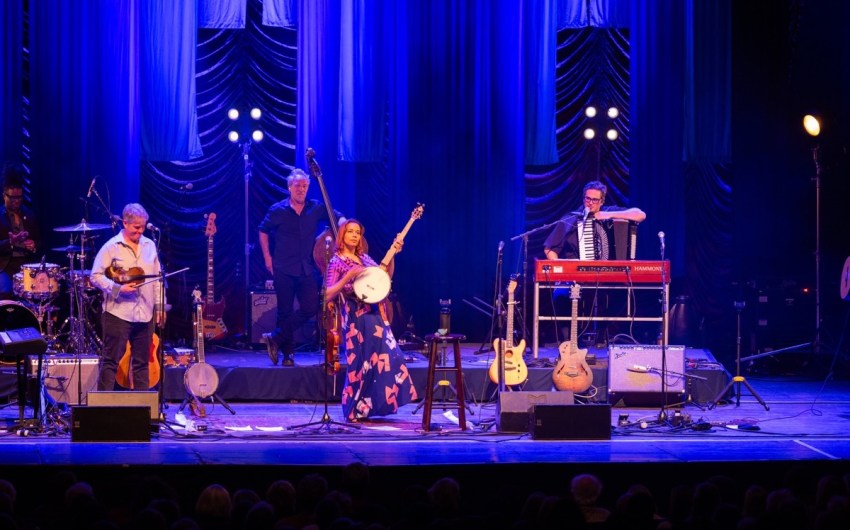


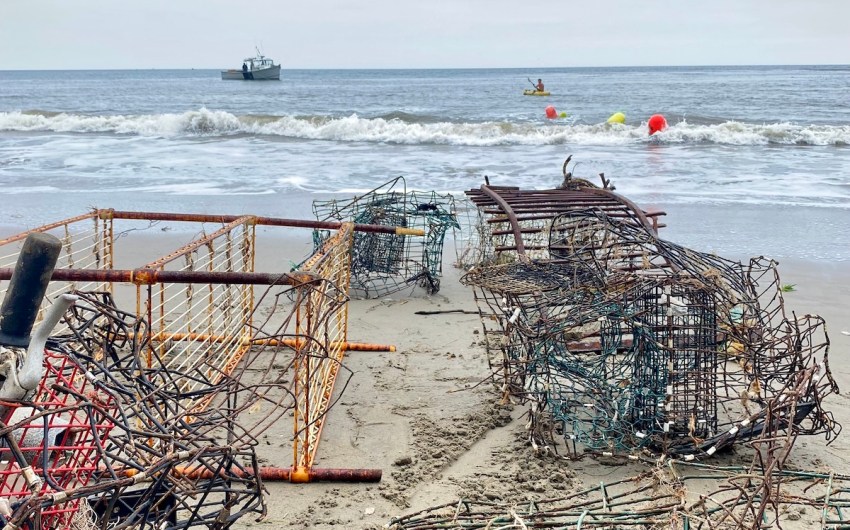








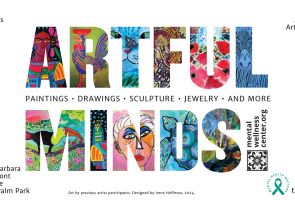
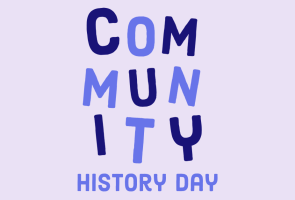
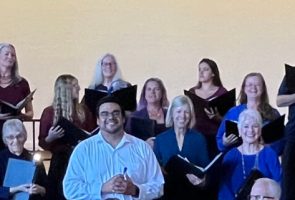

You must be logged in to post a comment.